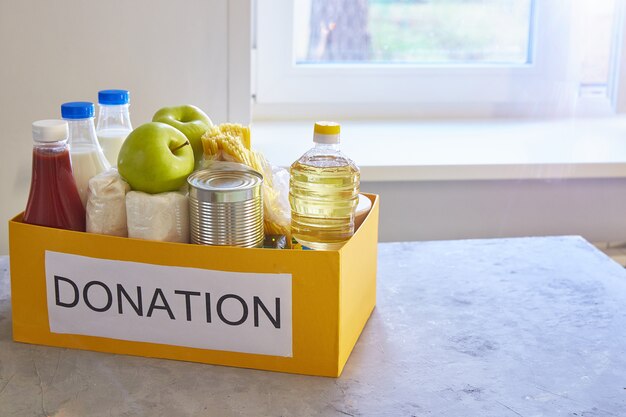Seeking a Food Bank Open Today? Here's How to Find Help Quickly
In times of need, food banks become a crucial lifeline for many individuals and families. Knowing which food banks are open today can make the difference between going hungry and having a meal. Here’s how to find open food banks and explore additional resources that can provide financial stability.
How to Find Open Food Banks
The first step in finding an open food bank is to leverage local resources and technology. Many communities have established hotlines or websites dedicated to updating information on food bank locations and hours of operation. A few general tips include:
- Call 211: A widely recognized service across the United States, dialing 211 connects you to a local operator who can provide information on various forms of assistance, including food bank hours.
- Visit Local Government Websites: Many city or county sites maintain updated lists of social services, including community food banks.
- Use Food Bank Networks: Organizations like Feeding America have search tools on their websites where you can enter your zip code and find nearby food banks.
Why Food Banks Matter
Food banks offer more than just meals. They provide a sense of community and support when it’s most needed. With the cost of living on the rise, access to free or reduced-cost food allows families to allocate funds elsewhere, such as rent, utilities, or medical expenses.
Beyond Food: Additional Resources to Explore
While accessing food banks meets immediate needs, long-term stability often requires exploring other financial assistance programs. Here are some resources and options you might consider:
Government Aid Programs
- Supplemental Nutrition Assistance Program (SNAP): Provides financial assistance to purchase groceries.
- Temporary Assistance for Needy Families (TANF): Offers cash assistance and employment assistance.
Financial Assistance
- Housing Assistance: Look for local programs offering rent subsidies or emergency housing funds.
- Utility Bill Assistance: Many utility companies offer hardship programs to help manage energy costs.
Debt Relief and Credit Solutions
- Debt Management Plans: Nonprofit credit counseling offers plans to help manage and pay off debt.
- Credit Counseling Services: Get a clear picture of your finances and learn strategies for debt reduction.
Educational Opportunities
- Pell Grants: Federal grants that provide financial aid for low-income students pursuing higher education.
- Vocational Training Programs: Often available at community colleges or through state programs, offering new skills in growing industries.
Though the journey to financial stability can feel daunting, the combination of immediate aid from food banks and longer-term solutions through various assistance programs can set you on a path to security and peace of mind.
Summary Table of Useful Resources
| 🌟 Resources | 📝 What it Offers |
|---|---|
| 📞 Call 211 | Quick access to local assistance information. |
| 🥗 Feeding America | National network of food banks with search tools. |
| 🛒 SNAP Benefits | Financial aid for groceries. |
| 📋 TANF | Cash assistance and job opportunities. |
| 🏡 Housing Assistance | Help with rent and housing subsidies. |
| 💡 Utility Assistance | Programs to reduce energy bills. |
| 💳 Debt Management | Plans to help manage and repay debt. |
| 🏫 Pell Grants | Financial aid for college students. |
Understanding the resources available can empower individuals to prioritize, strategize, and ultimately optimize their situation. From immediate relief at a food bank to exploring opportunities for financial aid and education, support is available to help navigate through challenging times.
